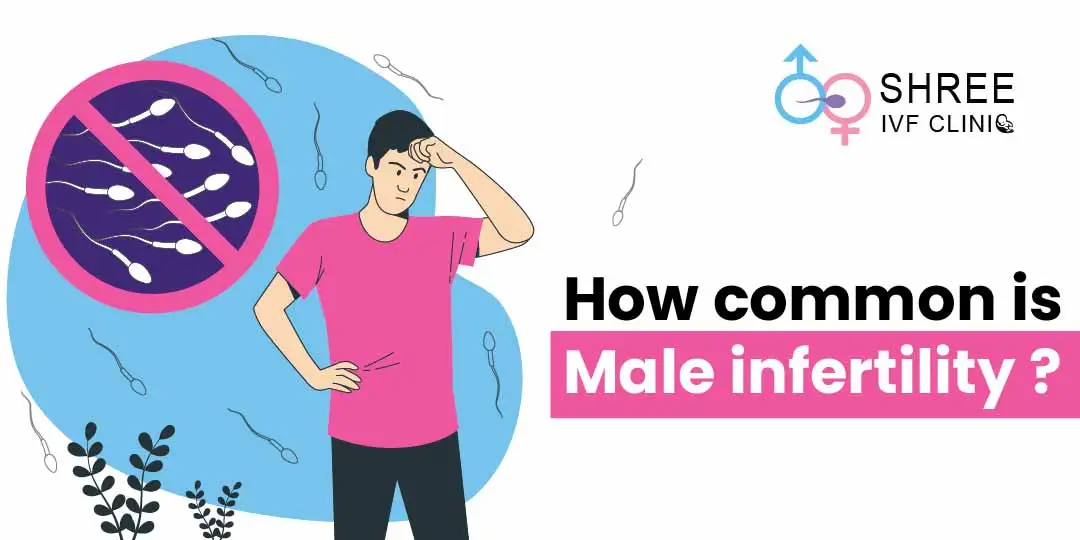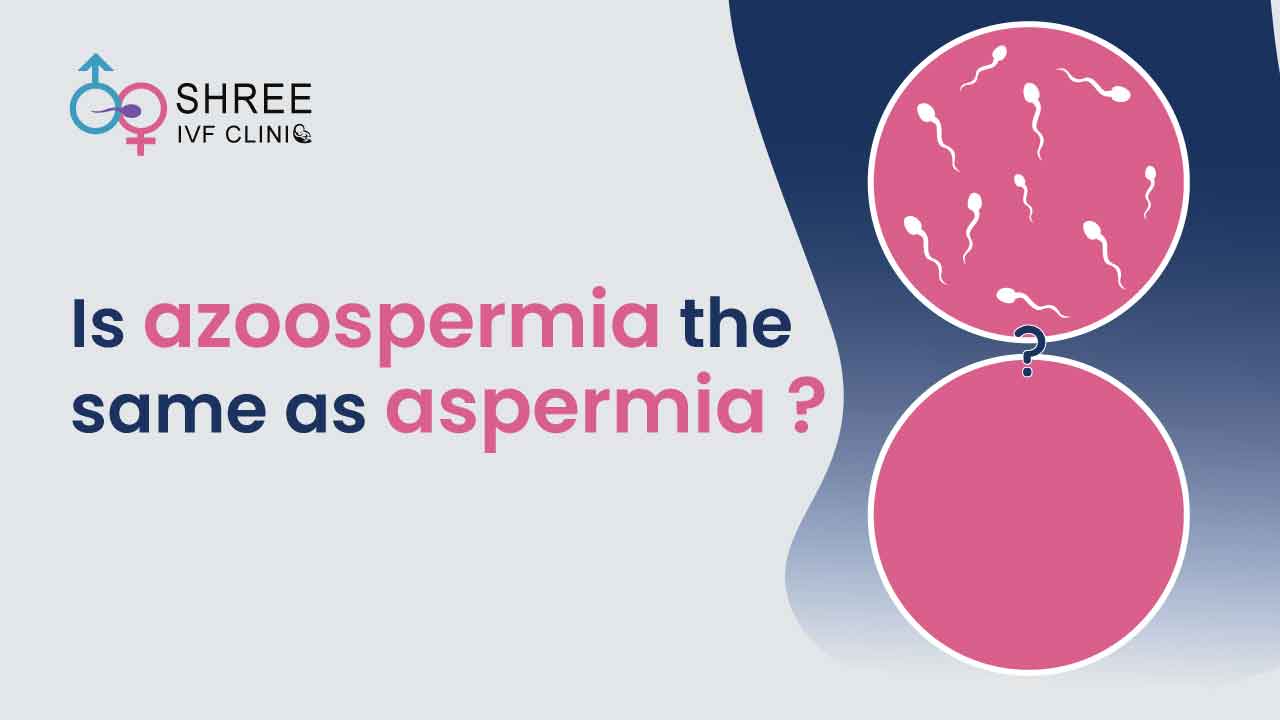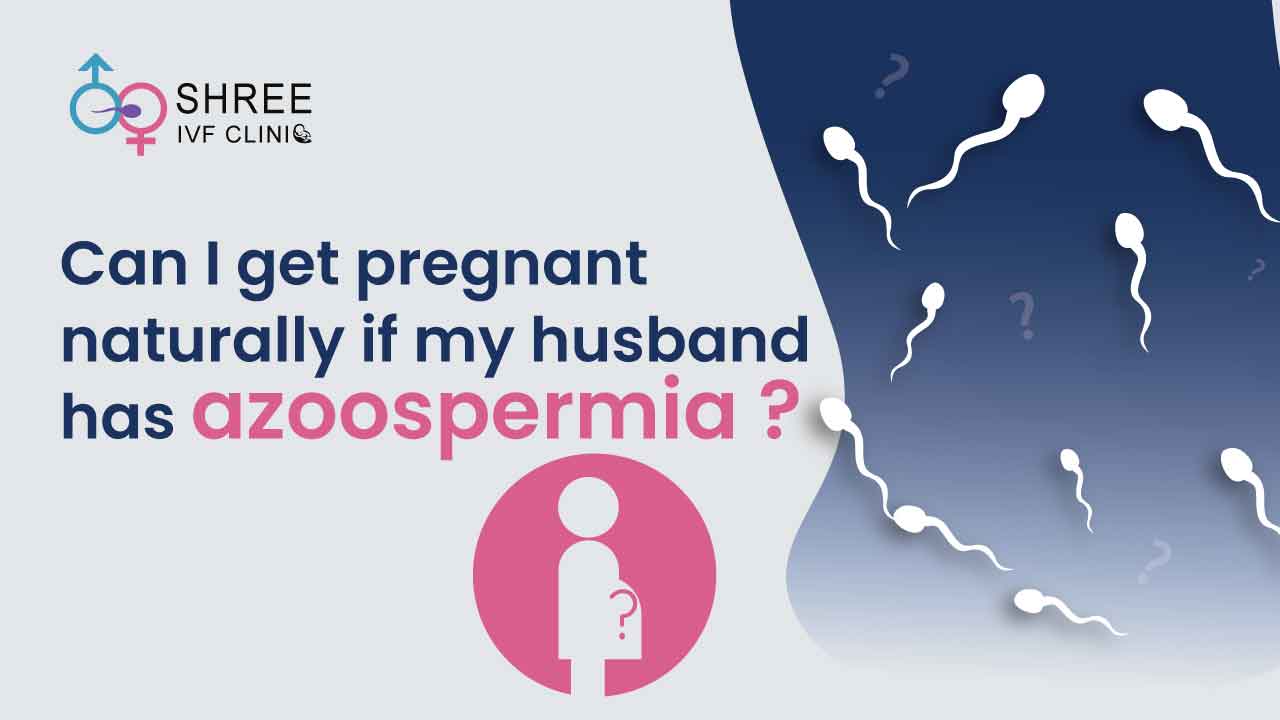Which treatment is best for Azoospermia?
UPDATED ON 2 Feb. 2021
Azoospermia is a medical condition that several men suffer from that results in lower or no sperm count. There are so visible signs as such for this condition, which is why those who have it do not know in time. There are many reasons why this occurs, and they range between both hereditary causes and as a consequence of something.
When the doctor is outlining a treatment plan for Azoospermia in males, they do so considering the causes. Thus, the best treatment that would work for you depends entirely on the type of Azoospermia you have. A wrongful assessment would not have a satisfactory outcome.
AUTHOR
Dr Jay Mehta
Scientific Director & IVF Specialist with 10+ years of experience
CONDITION
GET IN TOUCH ON
Causes of Azoospermia
Among the many causes of Azoospermia, they can get divided into two points. One is the obstructive type of Azoospermia where the condition occurs due to an obstruction in the reproductive organs. That results in the sperm not reaching into the uterus during sexual intercourse.
The other type is non-obstructive in nature, where certain medical conditions cause a lack of sperm cells. Not only do the hereditary reasons fall under this, but also previously diagnosed conditions. For most people, this lingers for a long period, and in some cases, since birth.
Best Treatments for non-obstructive Azoospermia
Usually, doctors would prescribe a change in lifestyle choices or medications for treating this version of Azoospermia. But this is specific to some cases only. As for the best treatment plans, they are as follows.
1. Hormonal treatment
Hormonal drugs do help a lot of people who are suffering from Azoospermia. However, the levels of the prescription depend on how much sperm is available. The main aim of such drugs is to improve the possibility of finding sperms when the doctor is performing the extraction. Or, they help the sperm count to improve in the semen. The common drugs that are good for this are Human chorionic gonadotropin , Follicle-stimulating hormone (FSH), Anastrozole, Clomiphene, and Letrozole.
2. MicroTESE (Microsurgical Testicular Sperm Extraction
For those men who showcase good levels of testosterone in their body, this treatment is suitable for Azoospermia. This type of extraction works for those who have received medication for sperm growth for 4 months at least with no effective results. Overall, the success rate is 50-60% for finding live sperms.
3. Changes in prior medication plan and lifestyle
If you are undergoing medication for Azoospermia but it does not work well enough, doctors would prescribe a different one. You cannot stop suddenly without a recommendation from your doctor. Also, it is important to wait for the treatment period to complete.
In case you had cancer treatment previously and Azoospermia occurred through that, the sperm count may restart after a long interval naturally.
On the other hand, if you work at a toxic chemical factory or similar jobs, that can cause Azoospermia too. In this situation, it is best to change your profession if that is possible. Long-term exposure, though, would make the effects permanent. Contacting a doctor for all of these concerns is necessary before deciding on the next step.
4. Genetic testing or PGD
In the case of a congenital condition being a possible cause, doctors would recommend genetic counseling. The ICSI-IVF treatment plan is also recommended in case pregnancy is a concern. Since many of the genetic causes of Azoospermia are hereditary, it is important to test the parents too.
The treatment plan for this is a combination of IVF and PGD or Preimplantation Genetic Diagnosis. With this, doctors examine which embryos have healthier genetic composition and use it for pregnancy. However, PGD is not the only solution for all gene-based Azoospermia cases.
Non-Obstructive Azoospermia Treatment
In Azoospermia of an obstructive nature, the main causes are severed connections or blockages. There are many types of surgery you can undergo, depending on the particular cause and doctor’s recommendation. The most effective treatment plans for the different types of obstructive Azoospermia are as follows.
1. Varicocelectomy
One of the common reasons for this type of Azoospermia in some men is varicocele. This occurs in the veins visible in the scrotum, which enlarge and widen in size. As a result, that stops the regular production of sperms.
The treatment plan for this is varicocelectomy, which the doctor performs through an operating microscope. They check the sizes of the veins and see which are the affected ones. Thereafter, they tie off these veins and allow the rest of the reproductive organs to function properly. These include the arteries, lymphatic channels, and vas deferens, among others.
2. TESE (Testicular sperm extraction)- ICSI-IVF
TESE is one of the main procedures for obstructive Azoospermia, and its variation MicroTESE works for non-obstructive Azoospermia too. In this manner, doctors take out sperms from the testes of the male patient through the scrotum. Thereafter, they would investigate the tissue that they took, and cryopreserve the sperms present there.
One of the best points about the TESE procedure, in the form of the ICSI-IVF process, is that it treats both types of Azoospermia. However, in the case of non-obstructive Azoospermia, this only works if there are some mature sperms present in the semen. Thus, it is effective for a limited number of cases for the latter.
ICSI or intracytoplasmic sperm injection is a derivative procedure of IVF. In this combined treatment, doctors inject the egg directly with the sperm in a laboratory environment. Here, the fertilization takes place and then the fertilized embryo is artificially put in the woman’s womb. This does not always work positively, but there are 50-80% chances of success. However, the condition can still pass on to the child, if they are male.
3. Retrieving sperm from the post-ejaculation urine
In case a patient is suffering from retrograde ejaculation, the doctors would choose this plan. In this condition, the testes do generate sperms but it changes direction and passes to the urine. In this treatment, the doctors pick the sperm from the urine after ejaculation. They choose this only if no other medications worked before. Following this, doctors use IVF or IUI treatment to impregnate the female partner with this sperm.
4. Infection treatment
Infection in the male anatomy can later cause Azoospermia, and it is necessary to treat it as soon as possible. Many people do not show any symptoms like urinary problems to such infections. However, it is still important to consult a doctor and start the treatments.
5. Vasectomy reversal
Vasoepididymostomy or vasovasostomy is the procedure for reversing previously done vasectomy.
6. Surgical scarring correction
Sexually Transmitted Infections (STIs) do cause some scarring occasionally. This, in turn, blocks sperm movement through ducts. In this procedure, patients are put under general anesthetics. Thereafter, the doctor would use an endoscope to open the blockages through the urethra. This is accomplished through electrical loops
7. TURED
For those affected with obstruction in the ejaculatory duct, TURED is the potential treatment plan. In this, doctors perform a miniature surgical procedure using a microscopic camera to get rid of the blockages. This would allow the regular sperm flow to resume.

4,790+
379K+
” Every individual and couple’s journey is unique, and
finding the right solutions tailored to their specific
circumstances can make all the difference “
Conclusion
Overall, there are many treatment plans for Azoospermia, focusing on their central causes. While the TESE procedure is the best in treating most types of this condition, the best plans are situational in nature.
If you need advice on azoospermia or are searching for a good azoospermia specialist, you can consult Dr. Jay Mehta, With the latest medical equipment, Dr. Jay Mehta offers comprehensive treatment for all types of azoospermia. He is known as one of the most experienced azoospermia doctors in Mumbai.
AUTHOR
Dr Jay Mehta
Scientific Director & IVF Specialist with 10+ years of experience
CONDITION
CALL US 24/7 FOR ANY HELP
GET IN TOUCH ON
Share Article on
Recommended Reading
How Common is Male Infertility?
If you’re dealing with infertility, don’t feel alone – you’re far from it. And if you’re wondering how common male infertility is, read the latest statistics
Is Azoospermia the same as Aspermia?
Aspermia results in complete lack of ejaculation in men, while azoospermia results in no sperm in the ejaculate
Can I get Pregnant Naturally if my Husband has Azoospermia?
Azoospermia means there’s no sperm in a man’s after ejaculate. If you wish to have a family but have azoospermia, ART therapies may be able to help




